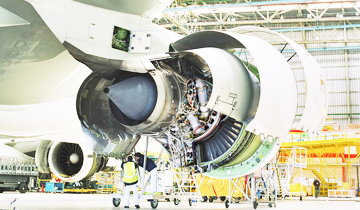Calibration is a process or an operation that, under specified conditions, in a first step, establishes a relation between the quantity values with measurement uncertainties provided by measurement standards and corresponding indications with associated measurement uncertainties and, in a second step, uses this information to establish a relation for obtaining a measurement result from an indication.
Temperature calibration has many facets, it can be carried out thermally in the case of probes or electrically in the case of instruments, and it can be performed directly with certified equipment or indirectly with traceable standards.
Comparison process is a common practice for temperature calibration, which is achieved by elevating (or depressing) the temperature sensor to a known, controlled temperature and measuring the corresponding change in its associated electrical parameter (voltage or resistance). The accurately measured parameter is compared with that of a certified reference probe. The absolute difference represents a calibration error. If the sensor is connected to a measuring instrument, the sensor and instrument combination can be effectively calibrated by this technique.
While temperature stability is a major specification for a calibration bath or chamber, temperature uniformity plays an important role for batch operation. Xutemp provides:
1) general-purpose calibration baths and chambers for industrial applications with range of -80~+300 °C and stability of ±0.1~0.05 °C;
2) secondary standards calibration baths for range of
-80~+300 °C and stability of ±0.02~0.01 °C and;
3) primary standards calibration baths for advanced and precise calibration and with range of -40~+200 °C and stability to ±0.005 °C.

















